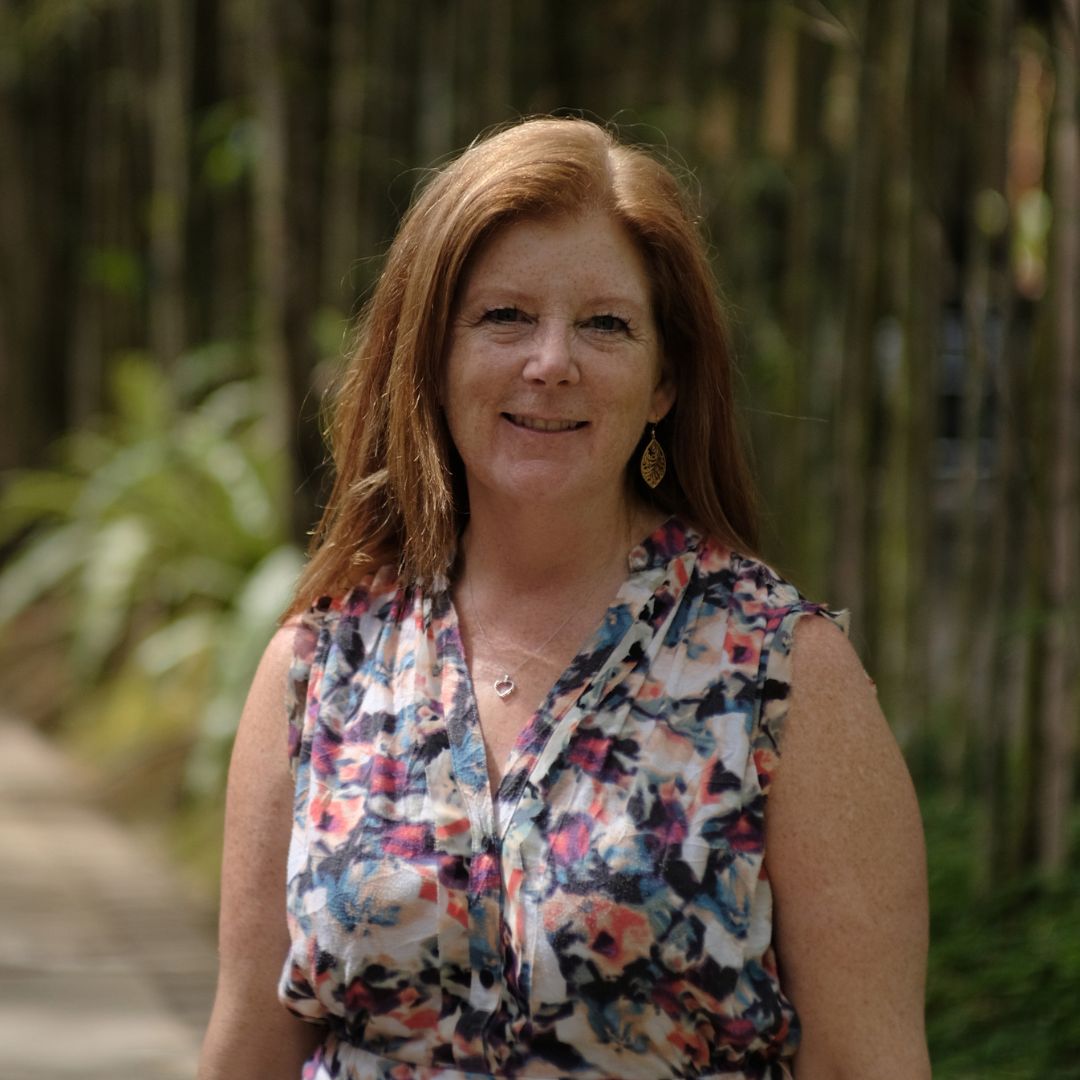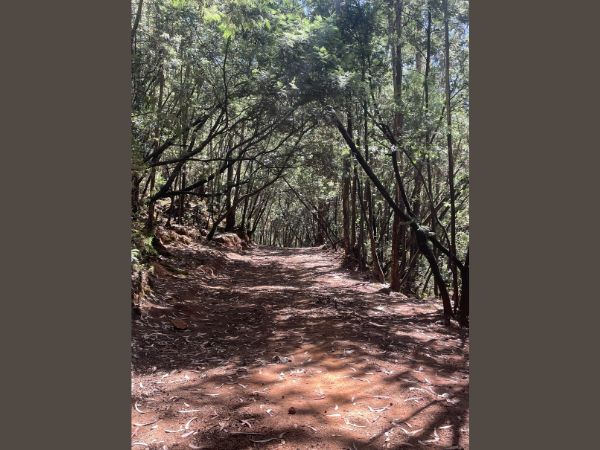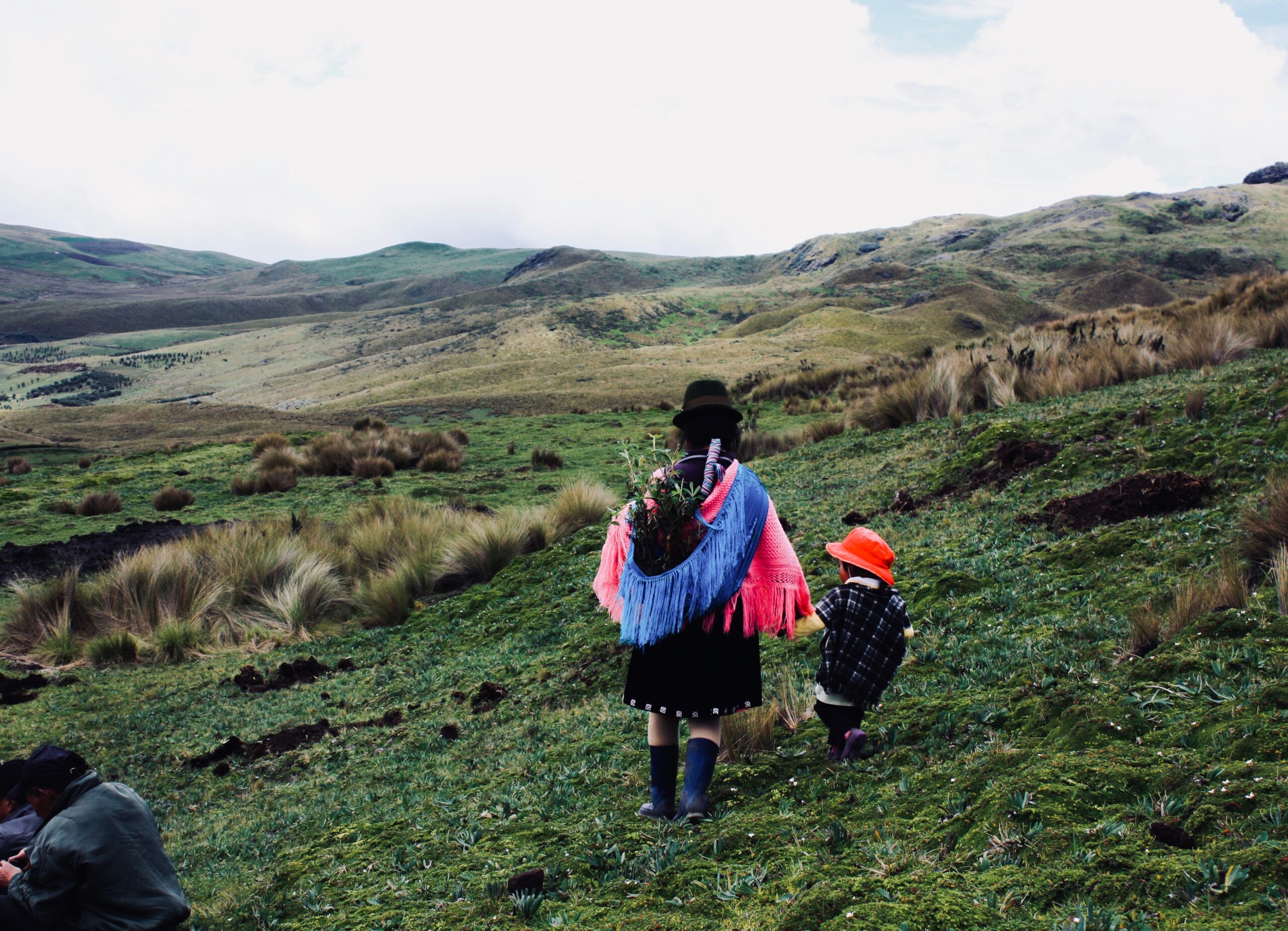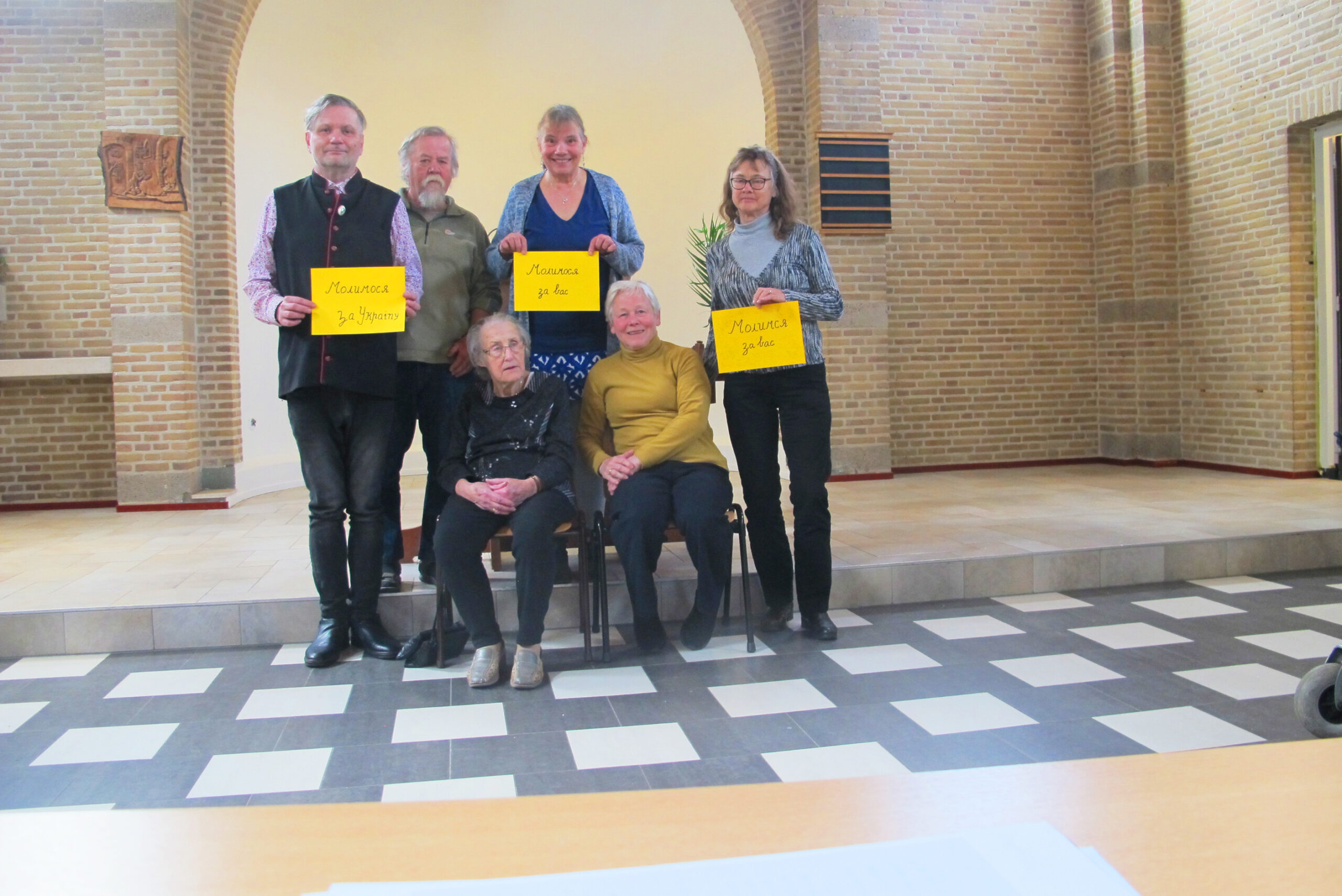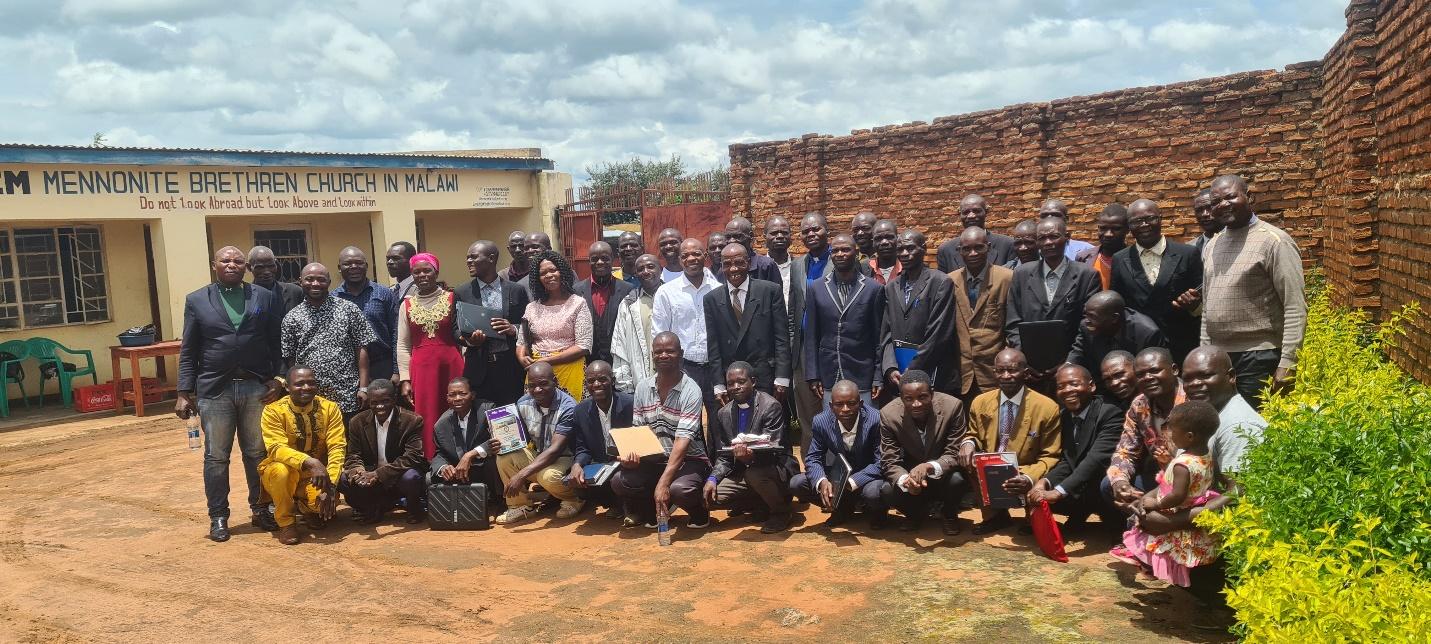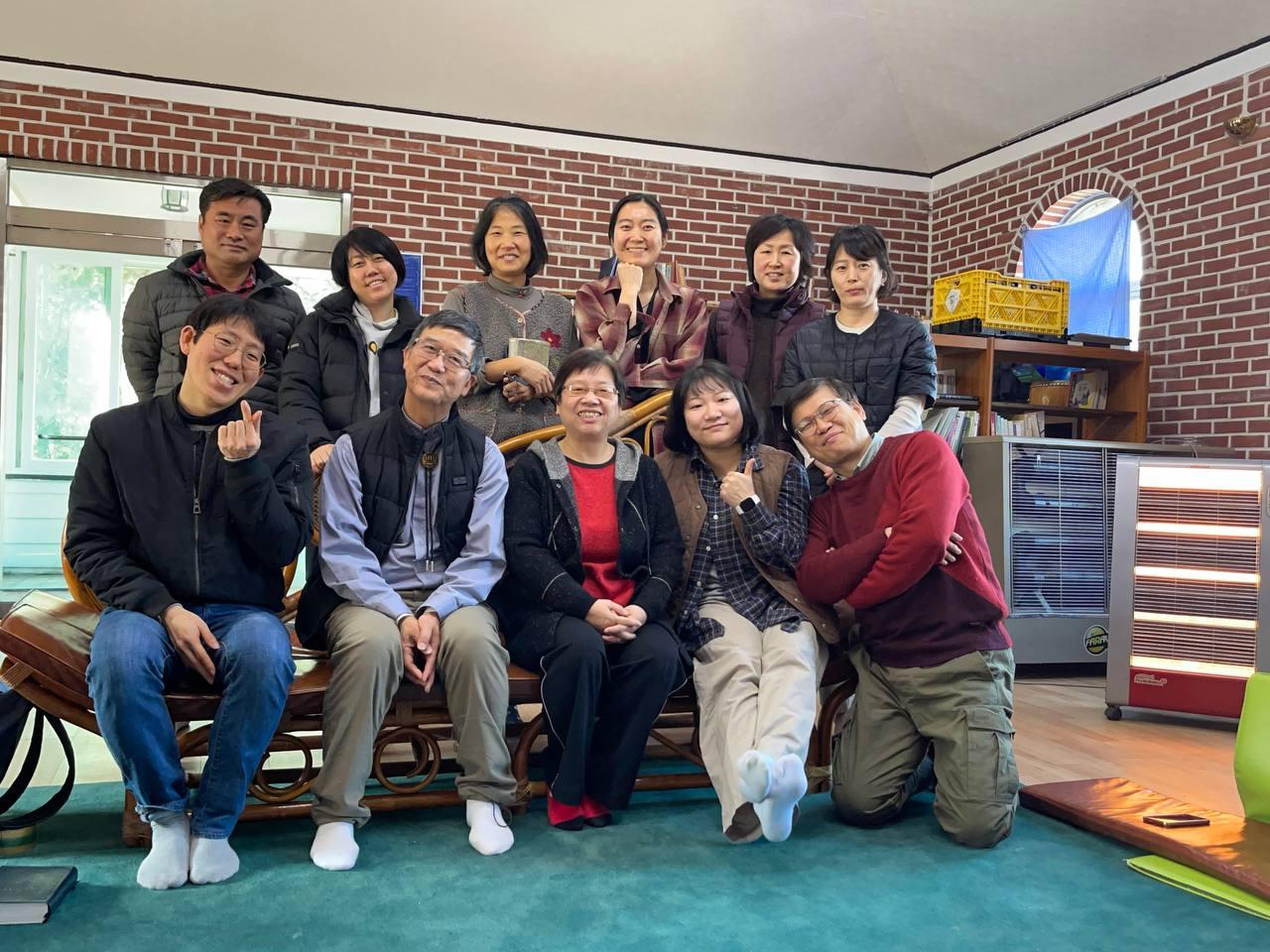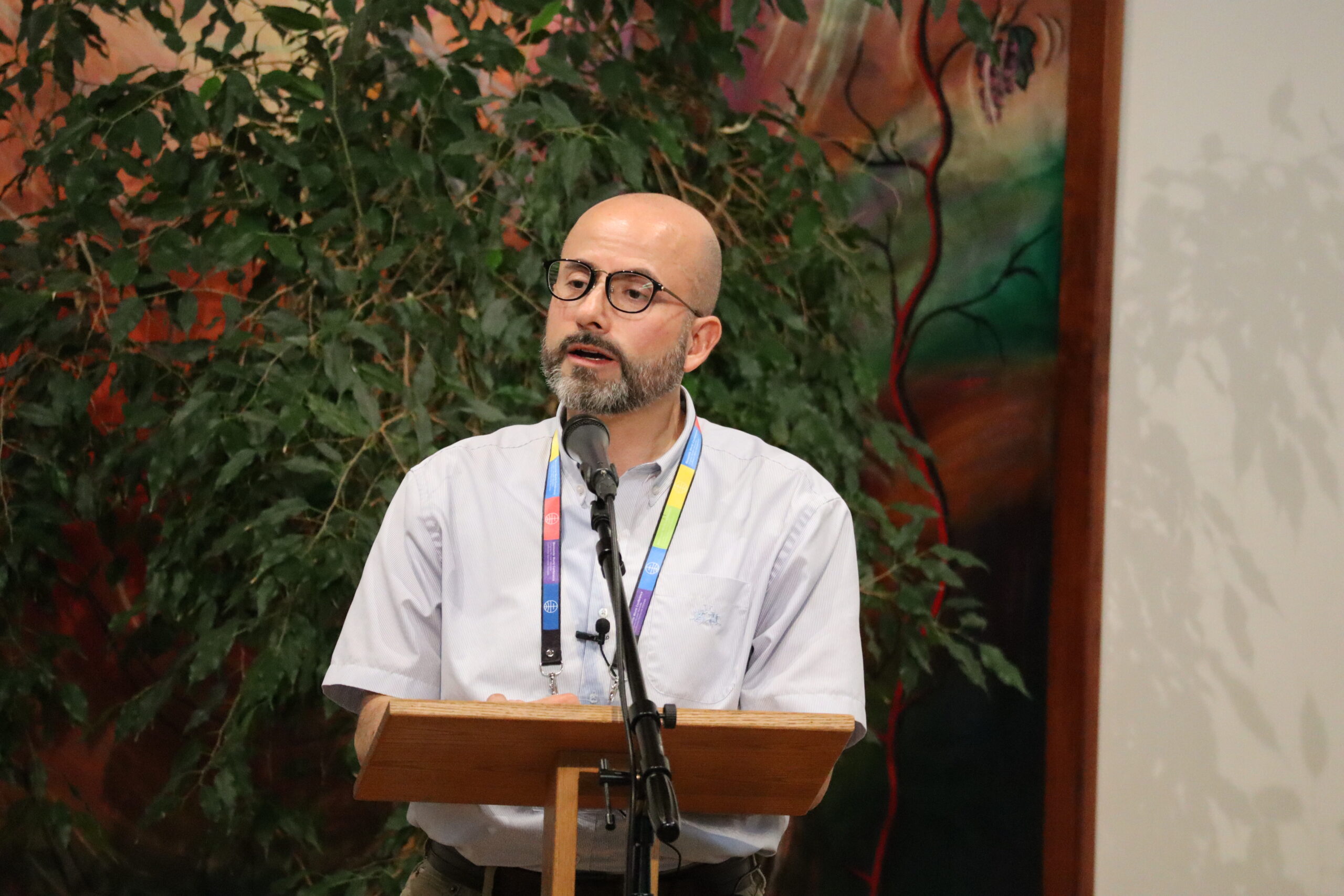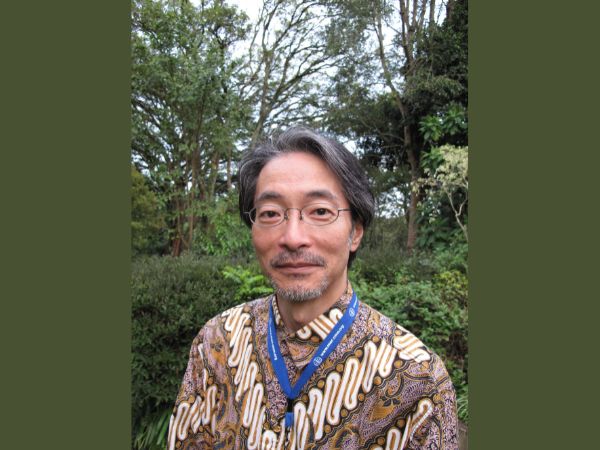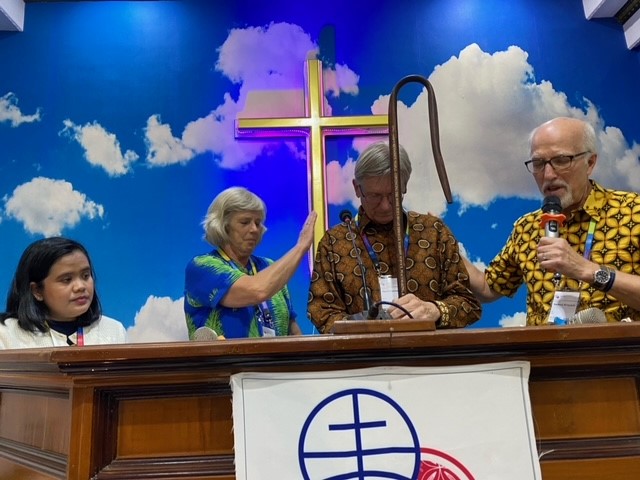-
Meet MWC vice-president Lisa Carr-Pries
I am grateful for the global church. For many, it has years broadened my understanding of the world beyond my local context and has helped me raise my children to be globally conscious human beings. It definitely changed the course of my life and deepened my faith and spirituality. I have hope for the relevance…
-
Living everyday is a miracle
Ethiopia is a country located in the Horn of Africa. We’re unique in some ways but the same with the rest of African countries in some other ways. We’re a very poor country with a population of around 110 million.
-
The rule of ayni: reciprocal relationship
In Kichwa, there is a word, ayni, that describes the rule and practice of interdependence. “One does not exist unless the community exists,” says Julian Guamán. In the Kichwa worldview, that community includes all of creation, not just humans. Ayni dictates that as members of the community, humans have a responsibility to be in reciprocal…
-
Uniting people through technology
Witnessing in Hong Kong and beyond Church members gather in a school auditorium, singing worship songs in both Cantonese (the mother tongue for most people in Hong Kong) and Mandarin. The Chinese languages share a script that contains thousands of characters. Through the internet and the globalization of church music, people who can’t read the…
-
We are peace-loving Mennonites
Dear MWC and Mennonite Church Canada, you are the angels sent by God to Myanmar. You fed us when we were hungry. When we are down, you comfort us. You help us when we are refugees. You bring us a ray of hope when we are hopeless.
-
Hope was never lost
From the smallest to the biggest, they all wanted to help in different ways. All the conferences had a role to help what is going on in Ukraine. Some send funds, all pray, of course, and some even take initiative to bring relief supplies directly to Ukraine.
-
Ministry partner update: ICOMB – July 2023
Mennonite Brethren Church of Malawi, invites everyone to celebrate progress and join in prayers for a bright future. At the core of their mission lies a deep commitment to establishing holistic churches throughout Malawi. With great humility, they strive to plant churches that diligently attend to the spiritual needs of their communities while also embracing…
-
Hope takes action in despair
Yes, it’s been 77 years since Korea was divided into North and South Korea. The deep-rooted fear that comes from a history of war and the insecurity that comes from that fear have created a lot of different forms of despair
-
Third peace conference brings faith and peace together
“There’s something in the water among Mennonite theologians and peace building scholars and practitioners…around the decolonial project that people are drinking from now that is interesting and quite good,” says Andrew Suderman. The Eastern Mennonite University (EMU) professor and secretary of Mennonite World Conference’s Peace Commission organized the third Global Mennonite Peacebuilding Conference and Festival…
-
Universally appealing core values
Meet Hiro Katano of Sapporo, Hokkaido, Japan Member of the Faith & Life Commission. How do you serve MWC? I have been a General Council member, representing Nihon Menonaito Kirisuto Kyokai Kyogikai (Japan Mennonite Christian Church Conference), since 2016. I serve MWC by connecting it with my church conference through correspondence, information, translation and…
-
Sweet fellowship on Discord
Young AnaBaptists build global connection during YABs Fellowship Week Between 18-25 June 2023, young adult groups around the world celebrated the Young AnaBaptist (YABs) Fellowship Week. Themed The family I found in my salvation, young people shared stories, worshipped together, prayed as one, learned from each other’s testimonies, and discussed Luke 15:4-7. A new way…
-
Each in their own accent
“I learned that each participant has their own accent; it comforted me to know that having an accent is normal,” says Hens Sita, a member of GITJ Kelet, Indonesia. In advance of the Mennonite World Conference Assembly in Indonesia, IndoMenno (a collaborative of the three Indonesian synods*) facilitated language classes in both English and Indonesian. …
